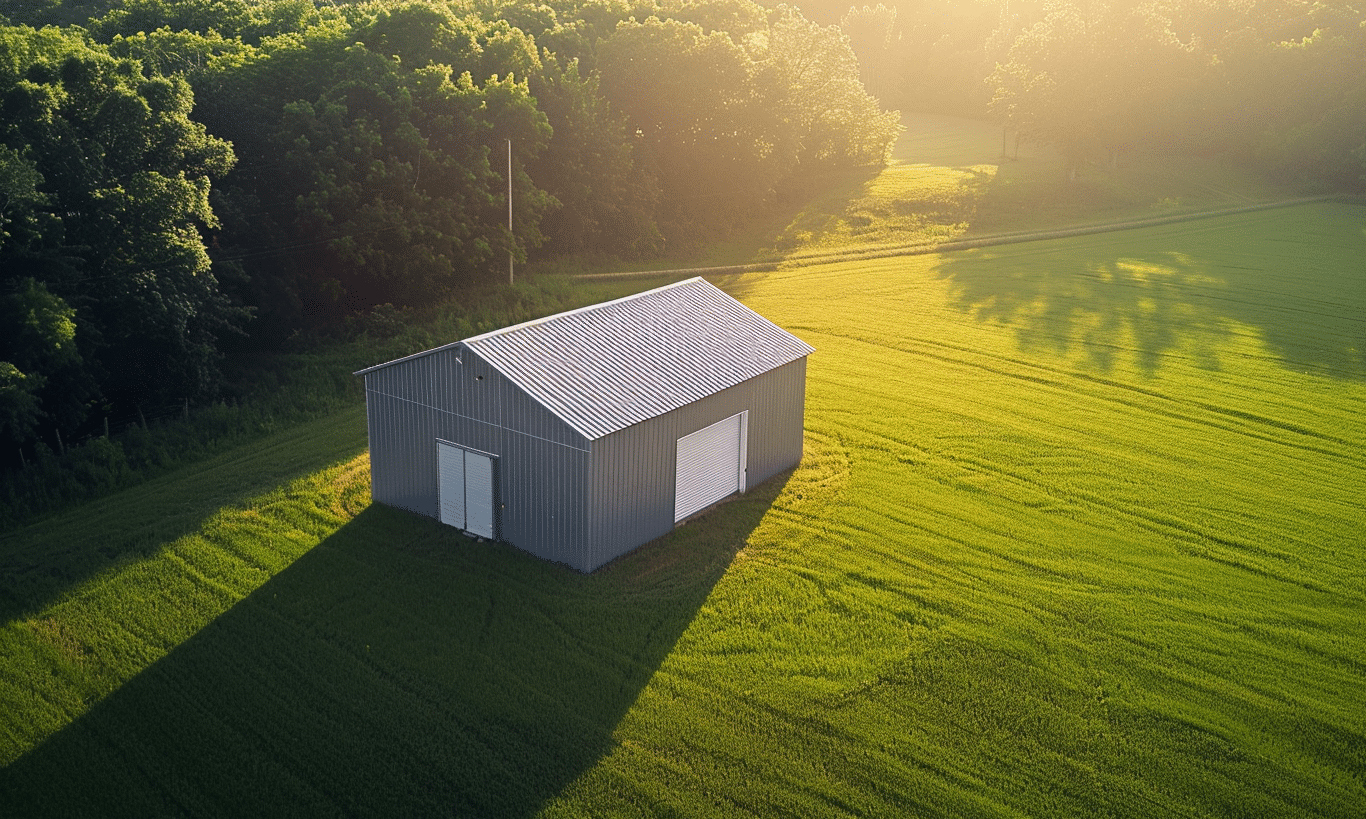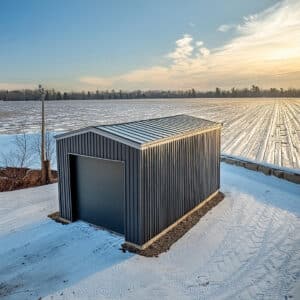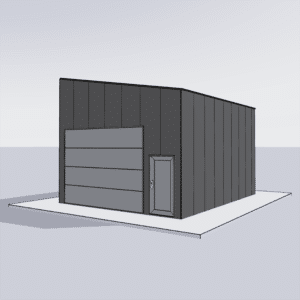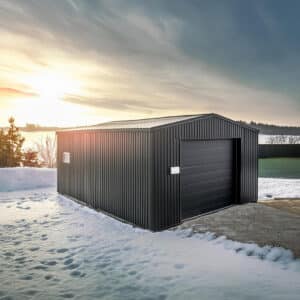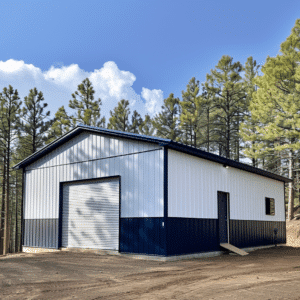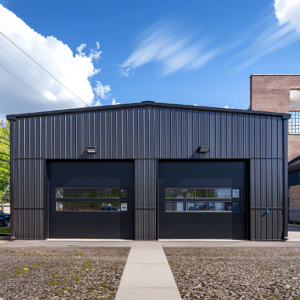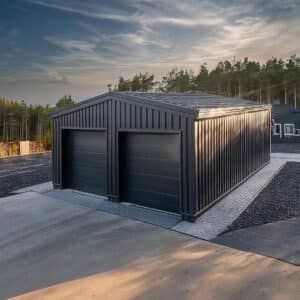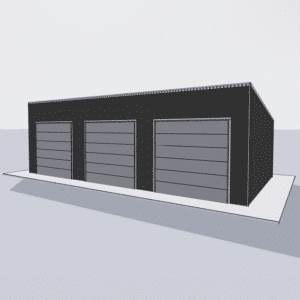Eco-Friendly and Efficient: How Industrial Steel Buildings Support Green Initiatives
Steel has become synonymous with strength and versatility in modern construction. Yet, how many of us pause to appreciate its environmental credentials? As global attention increasingly focuses on climate change and sustainable building practices, it’s time to explore how industrial steel buildings serve as agents of green progress. This combination of eco-friendliness and efficiency is reshaping the industrial landscape. Let’s delve into the compelling world where steel supports green initiatives with remarkable prowess.
Why Choose Steel for Industrial Buildings?
Choosing steel for industrial construction is more than a matter of durability. It’s a step toward embracing sustainability while achieving cost-efficiency. But why exactly is steel such an optimal choice for industrial projects? Essentially, steel structures offer numerous benefits over traditional building materials. They are incredibly strong yet lightweight, ensuring a smaller foundation and reduced resource consumption. Recycling is a natural trait of steel, making this material an environmentally responsible choice for building developers.
Steel: The Eco-Friendly Option
Steel is 100% recyclable, and it’s recycled more than any other material on the planet. This significantly reduces the demand for raw materials and decreases energy consumption in production. Instead of languishing in a landfill, old steel beams transform into new ones, ready to support the next big project. This cyclical life of steel epitomizes sustainability. For a deeper dive into this subject, you can explore the Environmental Benefits of Steel Buildings.
Efficiency in Construction and Operation
The efficiency of steel extends beyond its recyclable traits and into the construction process itself. Steel buildings can be pre-engineered, fabricated off-site, and then rapidly assembled on location. This not only saves time but also reduces the carbon footprint associated with lengthy construction projects. Moreover, ongoing customization can optimize workflow efficiency within the completed structure, maximizing the functionality and productivity of the industrial space.
Best Practices in Steel Construction
When adhering to industry best practices in the construction of steel buildings, these structures become paragons of energy efficiency. Considerations such as advanced insulation, green roofing, and solar panel installations contribute to reduced energy consumption. These elements create a comfortable environment for workers while lessening the building’s environmental impact.
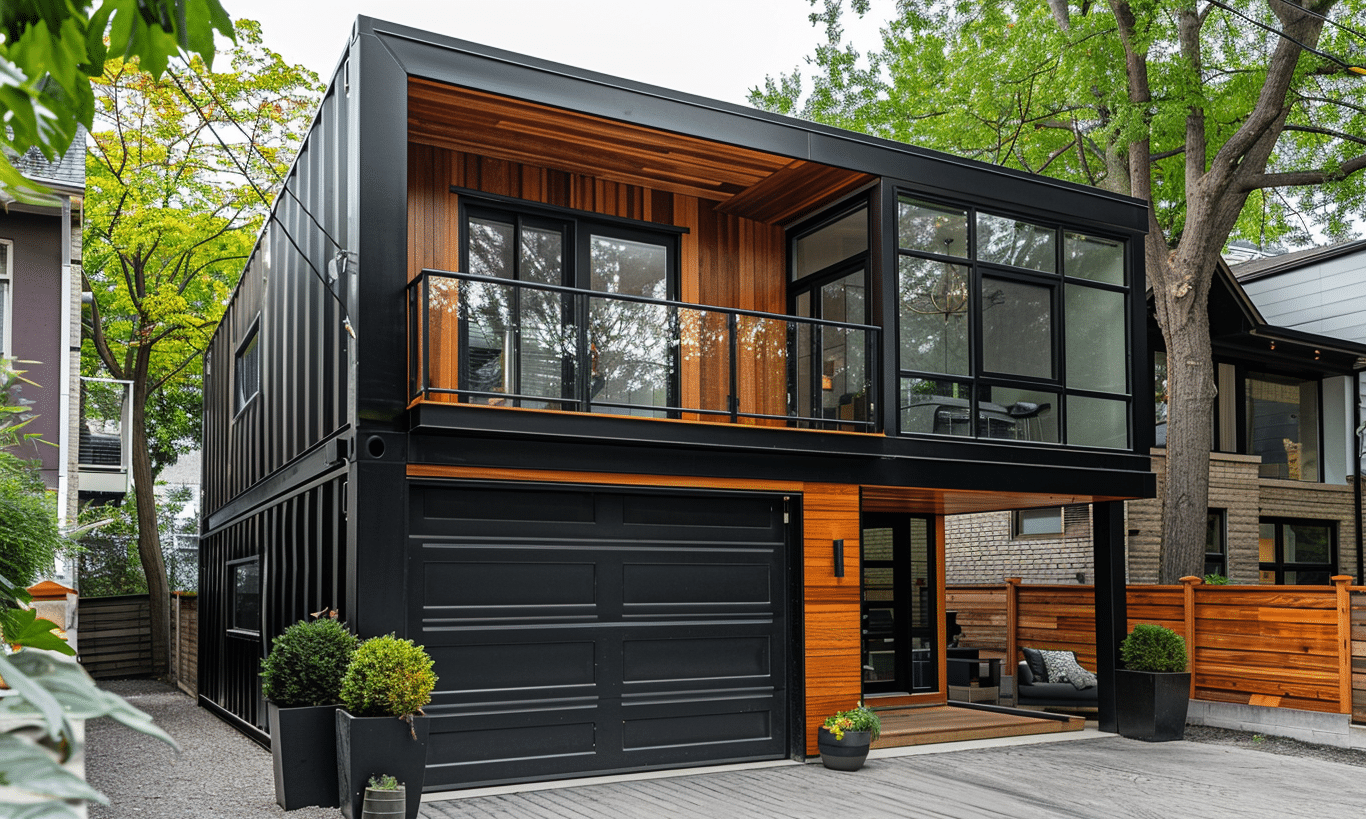
Customization for Eco-Friendly Design
The customization potential for steel buildings allows for design flexibility that accommodates various eco-friendly features. Green building elements such as rainwater harvesting systems, natural lighting solutions, and energy-efficient HVAC systems can be integrated into the overall design. Additionally, customizing residential steel buildings can reflect specific needs for sustainability, thereby reducing environmental impacts and operational costs.
A Case for Community and Environment
Building with steel can also positively impact the surrounding community by minimizing construction disturbance due to shorter building times and quieter installations. Additionally, the streamlined logistics of transporting pre-fabricated components reduce transport emissions, culminating in a more environmentally responsible approach to modern construction.
Incorporating Renewable Energy
Steel buildings are particularly conducive to incorporating renewable energy solutions. Their flat roofs are ideal for solar panel installations, while their strong frameworks can easily support wind turbines. These integrations not only provide environmental benefits but also offer cost savings in energy expenditure.
Flexibility and Adaptability
Industrial steel buildings can evolve with organizational needs. As businesses grow or change, steel structures can be adapted or expanded without necessitating completely new constructions. This adaptability minimizes resource consumption and waste, contributing further to sustainable business practices.
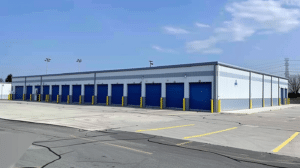
Discover durable steel construction for metal garages and carports, perfect for all your storage needs.
Real-World Inspiration
Examples abound of steel buildings adopted for their environmental benefits. From vast warehouses to modern office spaces, these structures exemplify how elegance and eco-friendliness can coexist. Visionary companies are adopting innovative strategies within their steel buildings to ensure operational efficiency and sustainability.
Leveraging Steel for Future Success
Investing in steel buildings is not merely a nod to current trends but a commitment to future innovation. As public and private sectors set more rigorous sustainability goals, the industrial steel building industry is poised to play a pivotal role in meeting these objectives. Not only do these structures meet the immediate needs for efficient workspaces, but they also lay the foundation for future eco-responsibility.
In conclusion, industrial steel buildings are at the forefront of a sustainable future. With their eco-friendly construction, operational efficiency, and potential for customization, these buildings support green initiatives in profound ways. Embracing steel for your next project is more than an architectural decision; it’s an investment in the planet’s future. From eco-friendly manufacturing processes to operational energy savings, the benefits are far-reaching.
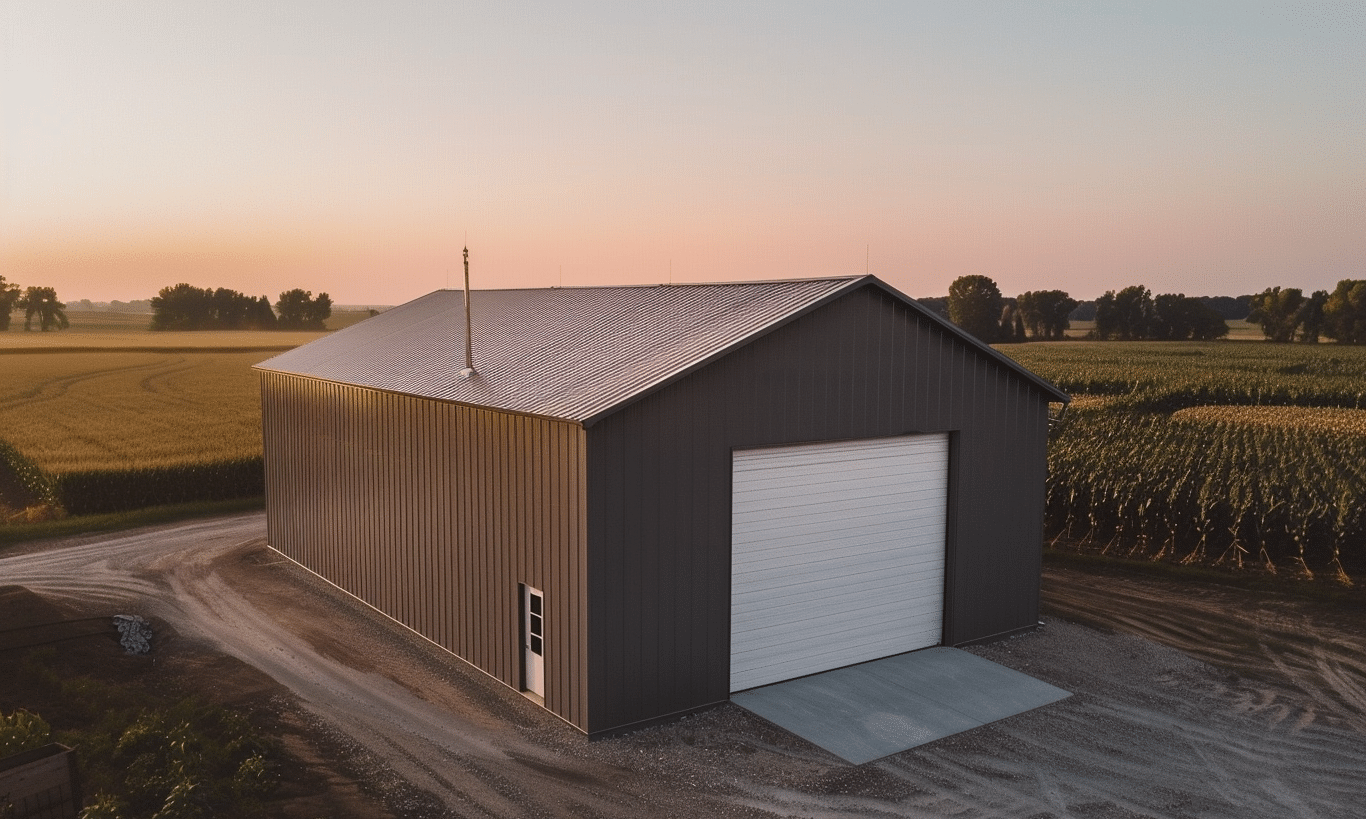
As we look ahead, the sensitivity to environmental concerns will only sharpen. Choosing steel structures is a declaration that your building choices align with the planet’s needs and future directives.


